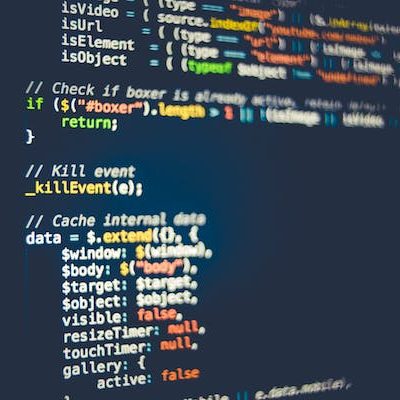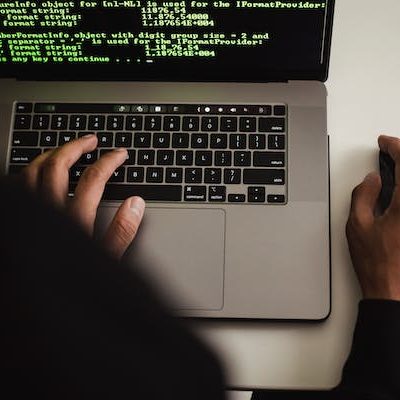Introduction:
In today’s digital world, software security has become increasingly important for businesses and individuals alike. As software systems and applications play an increasingly critical role in our lives, the need for secure and reliable systems has never been greater. Software security should be an integral part of the software development life cycle (SDLC), from design to deployment and maintenance. This article will provide an overview of the best practices for implementing security in the SDLC.
Understanding the Software Development Life Cycle
The software development life cycle is a series of stages that software developers go through to create a software product. The typical SDLC includes the following phases:
- Requirements gathering and analysis
- Design
- Implementation or coding
- Testing
- Deployment
- Maintenance
Each phase of the SDLC has specific security considerations, and it is important to consider security at each stage to ensure a secure final product.
Requirements Gathering and Analysis
The first stage of the SDLC is requirements gathering and analysis. During this phase, the software requirements are defined and analyzed. This is an important stage for security, as security requirements should be identified and incorporated into the software requirements.
Some security considerations during this phase include:
- Confidentiality requirements
- Data protection requirements
- Access control requirements
- Authentication requirements
- Compliance requirements
Design
The next stage of the SDLC is the design phase, where the software architecture is developed. During this phase, security should be integrated into the design, and security risks should be identified and addressed.
Some security considerations during the design phase include:
- Designing secure software architecture
- Identifying and addressing potential security risks
- Incorporating security into the design process
- Ensuring that security requirements are met
Implementation of Coding
The implementation or coding phase is where the software is actually developed. During this phase, it is important to follow secure coding practices to ensure that the software is secure.
Some security considerations during the implementation phase include:
- Implementing secure coding practices
- Testing and verifying that the code meets security requirements
- Ensuring that security features are properly integrated into the code
- Conducting code reviews to identify and address potential security issues
Testing
The testing phase is where the software is tested to ensure that it meets the requirements and is secure. During this phase, security testing should be conducted to identify any security vulnerabilities.
Some security considerations during the testing phase include:
- Conducting security testing
- Identifying and addressing potential security vulnerabilities
- Verifying that the software meets security requirements
- Conducting penetration testing to identify and address potential security risks
Deployment and Maintenance
The final stages of the SDLC are deployment and maintenance. During these stages, it is important to ensure that the software continues to be secure and that security risks are minimized.
Some security considerations during deployment and maintenance include:
- Ensuring that the software continues to be secure
- Updating security features and addressing security vulnerabilities
- Conducting regular security assessments
- Keeping software up-to-date with security patches
Conclusion:
security should be considered at every stage of the software development life cycle to ensure that the final product is secure. From requirements gathering and analysis to deployment and maintenance, security should be an integral part of the SDLC. By following best practices and incorporating security considerations into each phase, software developers can create secure software that meets the needs of businesses and individuals. Implementing security in the SDLC requires a commitment to secure practices, but the end result is a secure and reliable software product that can provide peace of mind to users. It is important for software developers to stay up-to-date with the latest security practices and to continuously assess and improve the security of their software. By taking security seriously, software developers can play a critical role in protecting businesses and individuals in today’s digital world.





